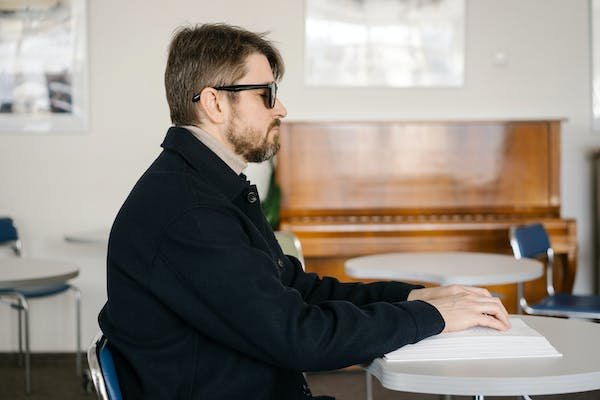
Teaching methods play a crucial role in the learning process, especially for learners with disabilities. As a teacher, it is important to understand the unique needs of learners with disabilities and to adapt your teaching methods accordingly. In this post, we will explore some strategies for changing your teaching methods to have a positive impact on learners with disabilities.
First and foremost, it is important to understand the specific needs of each individual learner with a disability. This includes understanding their diagnosis, any accommodations that they may need, and their unique strengths and weaknesses. By understanding the specific needs of each individual learner, you can tailor your teaching methods to best support their learning.
One strategy for changing your teaching methods is to use a variety of teaching methods to accommodate different learning styles. For example, some learners with disabilities may benefit from visual aids, while others may benefit from hands-on activities. By using a variety of teaching methods, you can ensure that all learners have the opportunity to learn in a way that works best for them.
Another strategy for changing your teaching methods is to use technology to support learning. There are a variety of assistive technologies available that can help learners with disabilities access the curriculum. For example, text-to-speech software can help learners with reading difficulties, while speech-to-text software can help learners with writing difficulties. By using technology to support learning, you can make the curriculum more accessible for learners with disabilities.
It is also important to consider the physical environment of the classroom. For learners with disabilities, a physical environment that is not accommodating can be a barrier to learning. This includes things like poor lighting, inadequate seating, and a lack of accessibility. By making small adjustments to the physical environment of the classroom, such as providing a variety of seating options and making sure the room is well-lit, you can create a more inclusive and accessible learning environment.
Another key strategy for changing teaching methods is to provide accommodations and modifications to the curriculum. Accommodations are changes to the way information is presented or the way learners respond, that do not change the content or the curriculum. Examples of accommodations are different formats, such as audio books, or extended time for testing. Modifications, on the other hand, change the content or the curriculum, like adapting the reading level of the text for example. By providing accommodations and modifications to the curriculum, you can ensure that the curriculum is accessible to all learners, including those with disabilities.
Inclusion is also an important factor in teaching methods for learners with disabilities. Inclusion means that learners with disabilities are fully integrated into the classroom and have the same opportunities as their non-disabled peers. This includes not only academic opportunities but also social and extracurricular activities. By creating an inclusive classroom, you can ensure that learners with disabilities are valued and respected members of the classroom community.
Incorporating positive behavior support is also important. It is a proactive approach that is used to teach and maintain positive behaviors, while reducing problem behaviors. Positive behavior support can help learners with disabilities learn to manage their behavior in a way that is safe and appropriate for themselves and others. By incorporating positive behavior support, you can help learners with disabilities to be successful in the classroom.
Finally, it is important to be flexible and open to change. Teaching learners with disabilities can be challenging, but it is important to remember that every learner is unique and will have different needs. Be open to trying new strategies and be willing to make changes to your teaching methods as needed.
In conclusion, changing your teaching methods to have a positive impact on learners with disabilities requires understanding the specific needs of each individual learner, using a variety of teaching methods, using technology to support learning, as well as considering the physical environment of the classroom.
Adapting teaching methods for learners with disabilities requires understanding individual needs and applying diverse strategies, such as visual aids and assistive technology. This approach parallels the role of the OOPWDD front door in Queens, which ensures individuals access tailored services to meet their needs. Gateway Counseling Center exemplifies this, offering programs that support individuals with developmental disabilities and mental illness. Discover their transformative work where inclusivity and empowerment are prioritized.